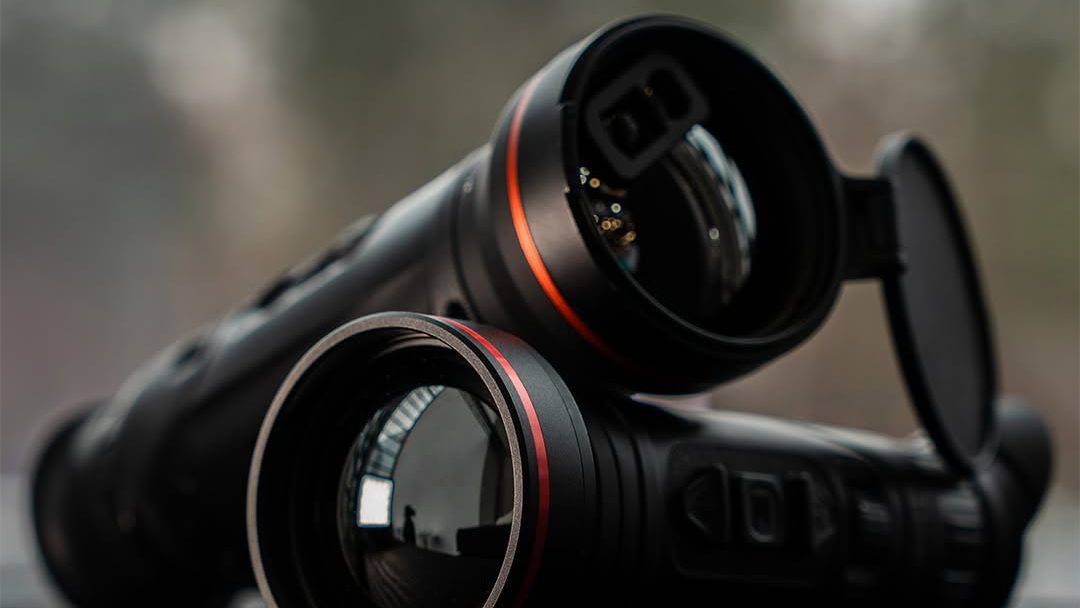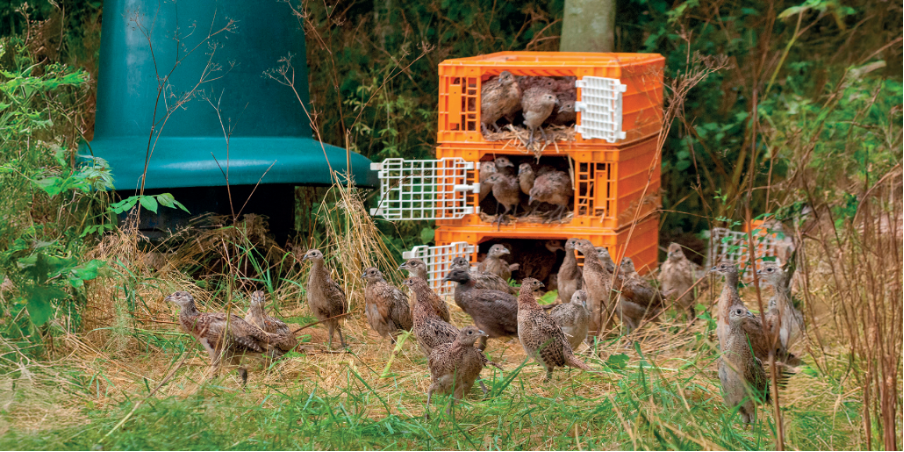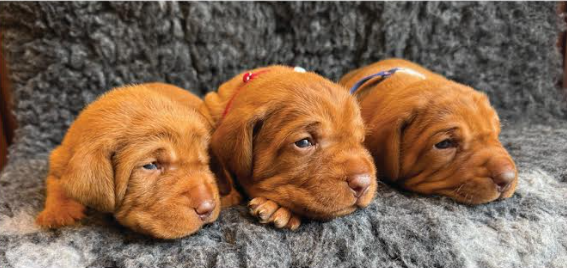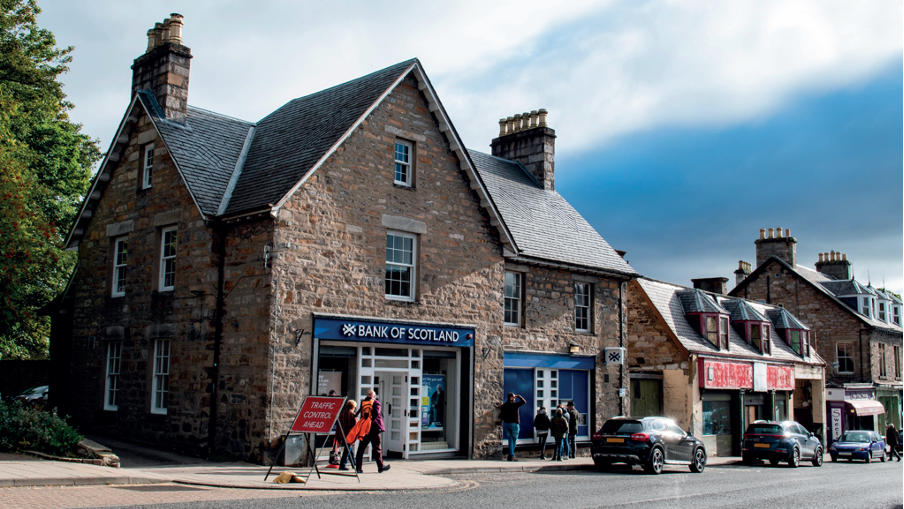
RSPB slams phase-out – without all the facts
The five-year phase-out of lead shot has failed, but the Government’s response to the HSE report is overdue and the transition is complex.
Read moreLatest news
-
Latest news
Now banks listen to us
Read more -
News Shooting
Mastery Made Easy - HIKMICRO Packs Next Generation Thermal Technology into One Hand with New CONDOR 2.0
Experience the next generation of thermal monocular with the CONDOR 2.0, where enhanced image quality and one-handed operation elevate your outdoor experience to new heights.
By Time Well Spent
-
News Shooting
Mastery Made Easy - HIKMICRO Packs Next Generation Thermal Technology into One Hand with New CONDOR 2.0
Experience the next generation of thermal monocular with the CONDOR 2.0, where enhanced image quality and one-handed operation elevate your outdoor experience to new heights.
By Time Well Spent
Gamekeeping news
-
Winner of BASC’s gamekeeper classes on Gundog Day at this year’s Crufts in Birmingham.
Dark Angel crowned Crufts gamekeeping winner
Read more -
Gamekeeping news Shooting
Wildfowling gear - what do you need ahead of the new season?
By Time Well Spent
-
Gamekeeping news Shooting
Wildfowling gear - what do you need ahead of the new season?
By Time Well Spent

Try them out
10 gun shops to try
Looking for the best gun shops in the UK? Whether you’re an experienced shooter or just starting out, having access to a trusted gun shop is essential for expert advice, quality guns and the right accessories.
Our guide to 10 gun shops to try in the UK highlights top retailers known for their outstanding service, extensive stock and deep knowledge of the sport. From historic establishments to modern outfitters, discover where to find the best gear for your next shoot.
Read moreGet the latest news delivered direct to your door
Subscribe to Shooting Times & Country
Discover the ultimate companion for field sports enthusiasts with Shooting Times & Country Magazine, the UK’s leading weekly publication that has been at the forefront of shooting culture since 1882. Subscribers gain access to expert tips, comprehensive gear reviews, seasonal advice, and a vibrant community of like-minded shooters.
With weekly issues featuring in-depth articles on gundog training, exclusive member offers, and £2 million public liability insurance, a Shooting Times & Country subscription is more than a magazine – it’s your essential guide to the rich traditions and thrilling world of field sports. Don’t just read about the countryside; immerse yourself in its most authoritative and engaging publication.


Manage Consent
To provide the best experiences, we use technologies like cookies to store and/or access device information. Consenting to these technologies will allow us to process data such as browsing behavior or unique IDs on this site. Not consenting or withdrawing consent, may adversely affect certain features and functions.
Functional Always active
The technical storage or access is strictly necessary for the legitimate purpose of enabling the use of a specific service explicitly requested by the subscriber or user, or for the sole purpose of carrying out the transmission of a communication over an electronic communications network.
Preferences
The technical storage or access is necessary for the legitimate purpose of storing preferences that are not requested by the subscriber or user.
Statistics
The technical storage or access that is used exclusively for statistical purposes.
The technical storage or access that is used exclusively for anonymous statistical purposes. Without a subpoena, voluntary compliance on the part of your Internet Service Provider, or additional records from a third party, information stored or retrieved for this purpose alone cannot usually be used to identify you.
Marketing
The technical storage or access is required to create user profiles to send advertising, or to track the user on a website or across several websites for similar marketing purposes.














